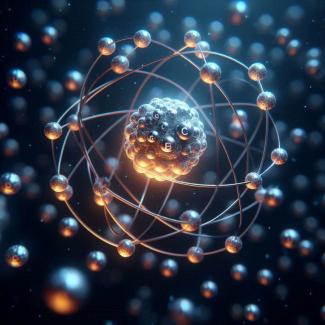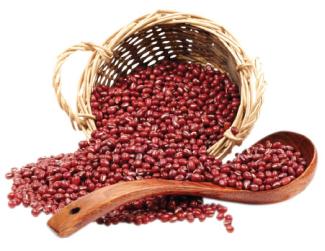Welcome to our comprehensive resource on internal organs, where you can explore the fascinating world of human anatomy and physiology. Our content covers a wide range of topics, including the structure, function, and health of vital organs such as the heart, lungs, liver, kidneys, and digestive system. Discover detailed explanations, illustrations, and the latest research findings that enhance your understanding of how these organs work together to sustain life. Whether you're a student, a healthcare professional, or simply curious, our informative articles and resources will provide valuable insights into the complexities of the human body.
Magnesium is an essential mineral that plays a crucial role in various bodily functions, including muscle and nerve function, blood glucose control, and bone health.
Cloves, also known as "clavo" in some regions, are a spice that has been used in both culinary and traditional medicine for thousands of years.
Natural laxatives are substances that can help promote regular bowel movements and relieve constipation.
Oregano oil is derived from the leaves and flowers of the oregano plant (Origanum vulgare or Origanum compactum). It has been used for centuries for its potential health benefits.
Headaches are among the most common ailments experienced by people worldwide. They can vary greatly in their intensity, duration, and underlying causes.
Blood in the urine, a condition known as hematuria, can be a cause for concern as it often signals an underlying health issue.
Bad breath, also known as halitosis, can be caused by a variety of factors. To get rid of bad breath, it's important to address the underlying cause.
Azuki beans, also known as adzuki beans, are small red beans that have been a staple in Asian cuisine for centuries.
Vitamin D and magnesium are two essential nutrients that play crucial roles in the body, and there is indeed a close connection between them.









